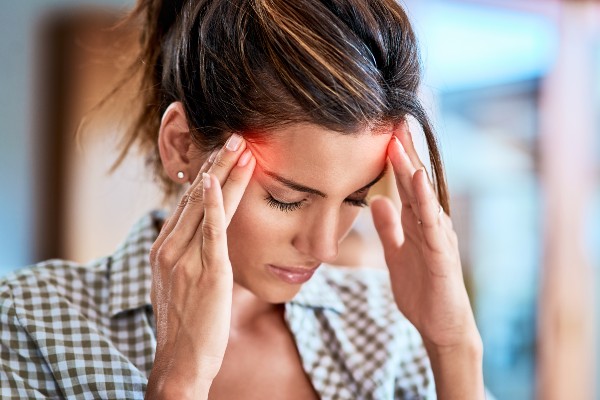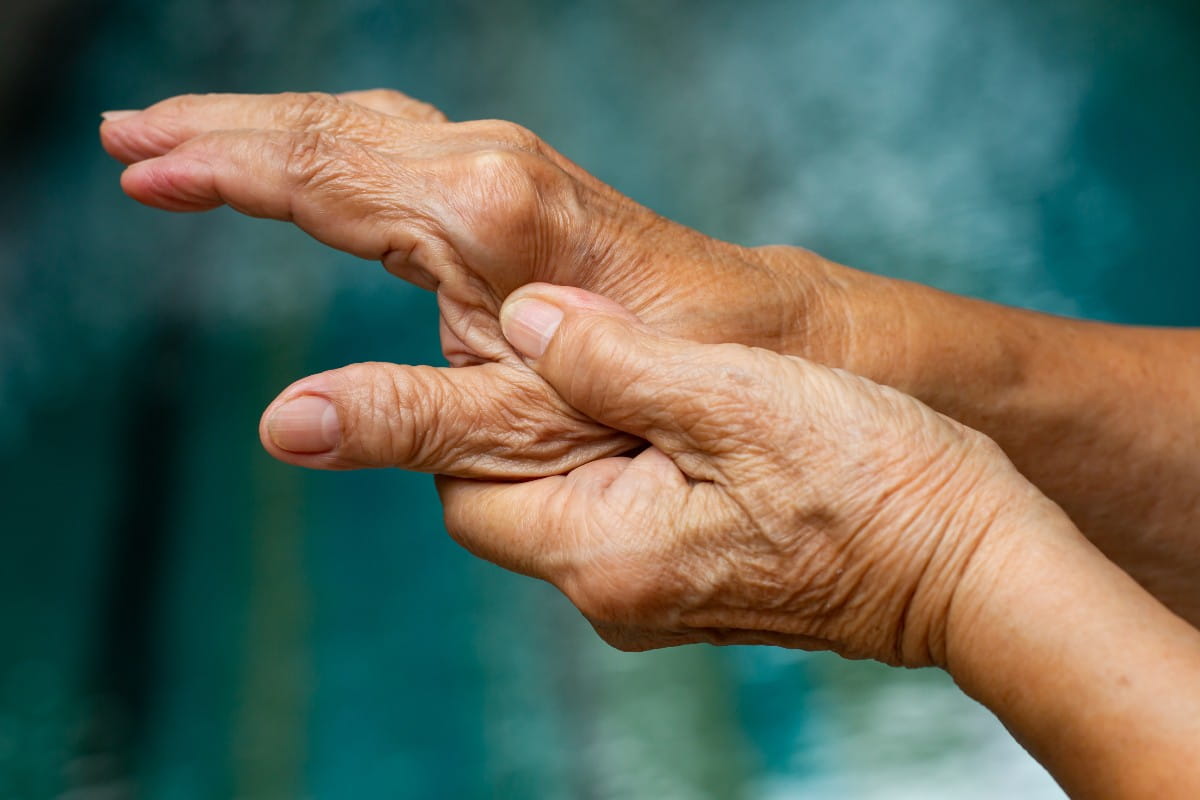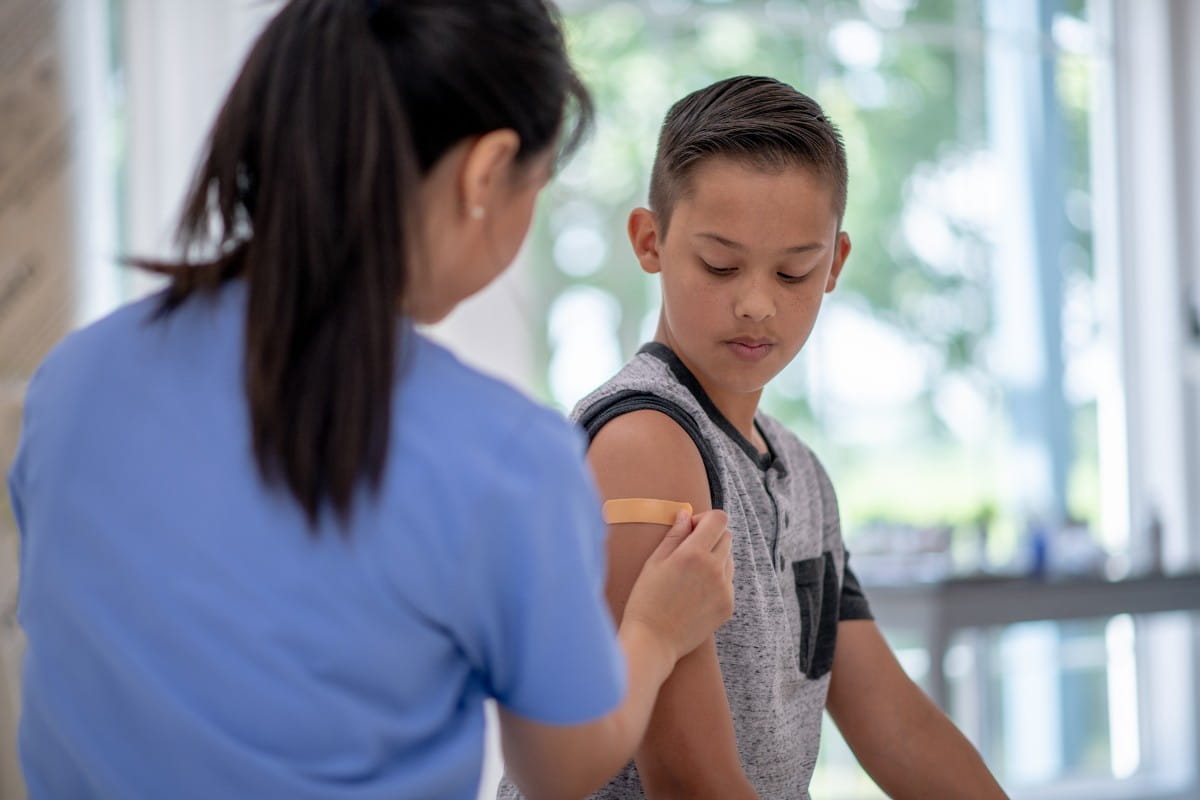For some, changes in the weather bring welcome relief, but for those who experience migraine headaches, the fluctuations can be another trigger for this often debilitating neurological condition. Weather changes can be a particular problem during hurricane season.
As many as half of those who suffer from migraines report that weather is a factor. Many weather conditions can cause migraines — precipitation, humidity, lightning, wind and barometric pressure.
Barometric pressure, also known as atmospheric pressure, measures the force of air exerted on a surface. This pressure changes as different air masses or “fronts” move through. Changes in barometric pressure can happen with temperature changes, wind, precipitation and cloud cover.
“When the air pressure changes, it creates a difference in pressure between the air surrounding you and the air in your sinus cavities,” says Kamel Ben-Othmane, M.D., a neurologist with Riverside Neurology and Sleep Specialists. “This is similar to what happens when you fly in an airplane, and your ear hurts from changes in altitude.”
According to the American Migraine Foundation, one Japanese study looked at the effects a typhoon, another term for a hurricane, and falling barometric pressure had on headaches. Researchers discovered that 75% of people prone to migraines had a migraine attack during these weather shifts. Only 20% of people who experience tension headaches experienced a migraine attack.
Am I experiencing a migraine?
A migraine is only one of many types of headaches. “Migraines begin to develop when overactive nerve cells trigger the blood vessels in your brain to swell,” Dr. Ben-Othmane says. “The swollen blood vessels send pain signals back to the brain.” While it is still not known what causes someone to have migraines, it is clear they result from a combination of genetic, environmental and lifestyle factors. But individuals who have migraines notice that they have specific things, such as change in barometric pressure, that trigger a migraine.
For a headache to be considered a migraine, doctors look at the duration, type of pain and other signals, such as:
- Flickering light called an aura
- Nausea or vomiting
- Number of attacks, at least five lasting 4-72 hours if untreated
- Sensitivity to light and sound
- Pulsing pain from mild to severe
- Pain aggravated by physical activity
- Pain around the eye, temple area, face, sinus, jaw or neck
Other migraine facts:
- In 15 to 20% of attacks, other neurological symptoms occur before head pain, according to the Migraine Research Foundation.
- People between the ages of 15 and 55 most commonly experience migraines.
- As many as 80% of people experiencing this condition have a family history of migraines, according to the National Headache Foundation.
What can I do if the weather causes my migraines?
“What’s particularly frustrating for those who experience migraines because of barometric pressure or other weather changes is that they can’t control the trigger. But they can take steps to mitigate them as much as possible,” Dr. Ben-Othmane says.
A migraine diary is an essential tool for all who are prone to migraines. Keeping one can help you can make correlations between migraines and factors such as:
- Bright or flashing lights
- Change in sleep patterns
- Excessive screen time
- Eyestrain
- Hormonal changes for women
- Hunger
- Inadequate hydration
- Odors
- Stress and anxiety
- Type of food you’ve eaten
- Weather
“If you can identify factors you can control that seem to trigger the pain, you can avoid them. This way, they don’t contribute to a potential migraine caused by uncontrollable factors,” says Dr. Ben-Othmane.
If you struggle with migraine headaches, your primary care provider can suggest over the counter and prescription medications to take when you start to feel migraine symptoms. To see a Riverside primary care provider or neurologist, call 757-534-5352 or make an appointment through MyChart today.



